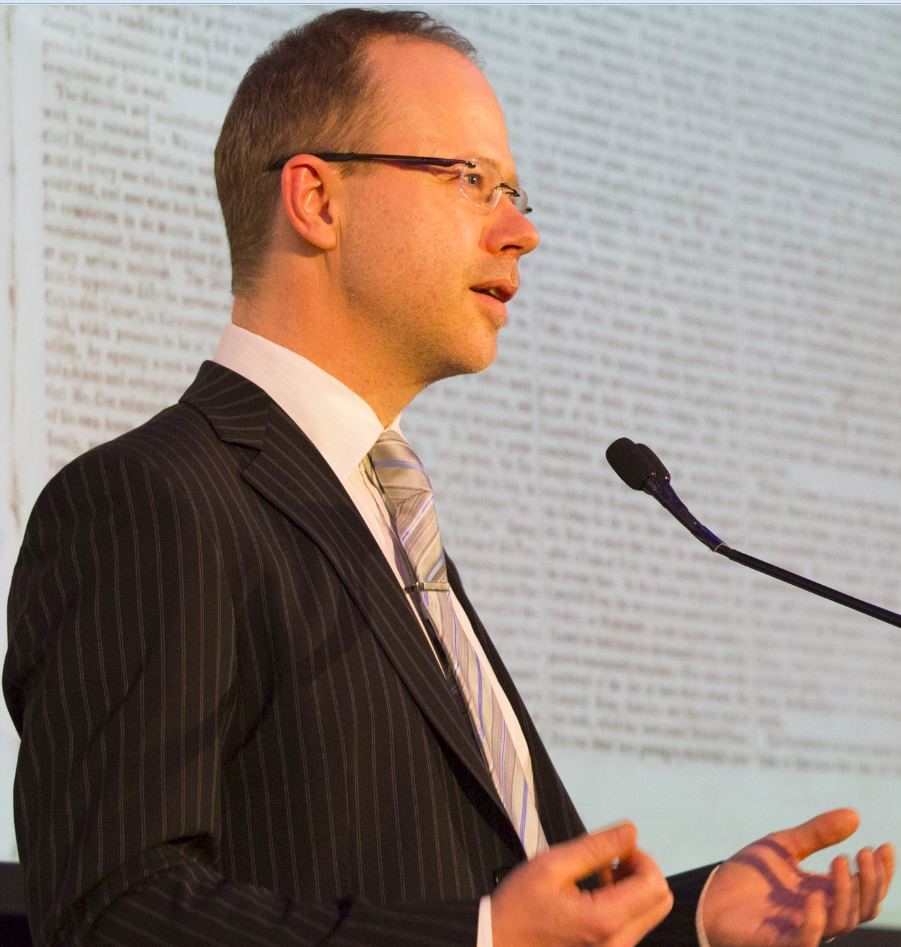Whereas the late 20th century was defined by cultural critics in terms of postmodernism and postcolonialism, in the 21st century our world is increasingly being described as post-human. Digital interactivity has triggered a transformation whose impact is greater than that of any other innovation in the history of technologies of communication. According to a 2016 Ericsson Mobility Report, over 90% of the world’s population will be covered by mobile broadband networks by 2021. “The world has been redrawn,” claims the Internet critic Andrew Keen, “as a distributed network.” It is becoming evident that we too are being redrawn as human beings, as individuals, and as citizens. [….]
At the heart of the change from analogue and print to digital is the capacity for connectedness that information technology brings – connectedness of information in and between databases, between experts and the public, between communities across the world, and between the arts and the sciences.
[extract]
Arthur, Paul Longley. “Digital Postmodernism and Postcolonialism.” In Claiming the Difference: Identity in Literatures and Cultures, edited by Sarangadhar Baral, 21–28. New Delhi: Authorspress, 2018.






